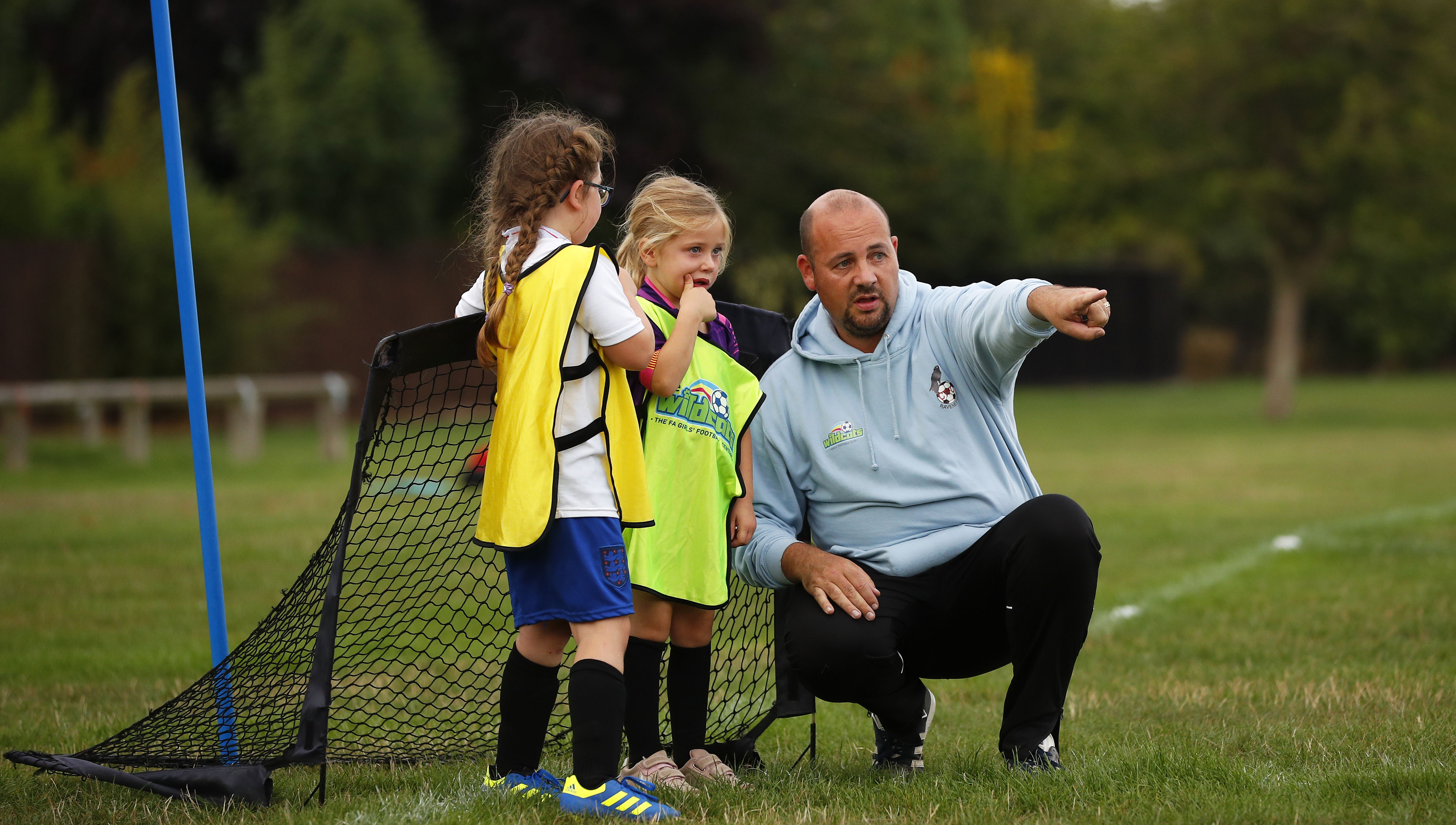
Coaching children under five? You need to read this
- The Boot Room
- 03 October 2017
For adults working with under fives (U5s), coaching can seem like a test of endurance.
At this age, children could ‘eat you for breakfast’...... and there will be times when we find it hard to manage their need for constant stimulation. There are also challenges when it comes to communication – young children are still in the process of developing their language skills and may not always be able to express how they feel.
So, what can you do to help?When coaching U5s, it’s essential that adults are aware of their own responses, patterns of behaviour and emotional triggers. Why? Well, by the age of three, children are already experts at mimicking those around them. Through observation and experience, they are:
- learning how to survive in an ‘adult’ emotional landscape
- beginning to understand how power can be used in relationships
- picking up on cues that shape their sense of self and how they feel they need to behave with others in order to ‘survive’.
This all sounds quite scary, but it’s actually a great opportunity – particularly if we’re aware of what’s happening and decide to work with it, rather than against it.
To find out more about how to support young players, expand the 'top tips' below.
Remember: as a coach, you’re a role model for your team Whilst you may only see your players for a short time each week, you should always try to demonstrate positive behaviours – e.g. remaining calm and regulating your responses. This is important as, for young children, early emotional experiences help to pave the way for the development of their ‘mature’ character traits.
To learn more about Foundation Phase DNA, click here.


